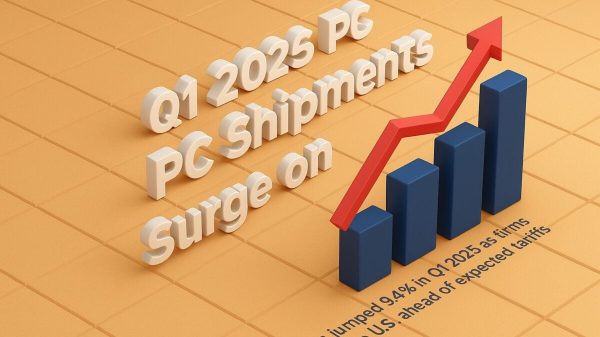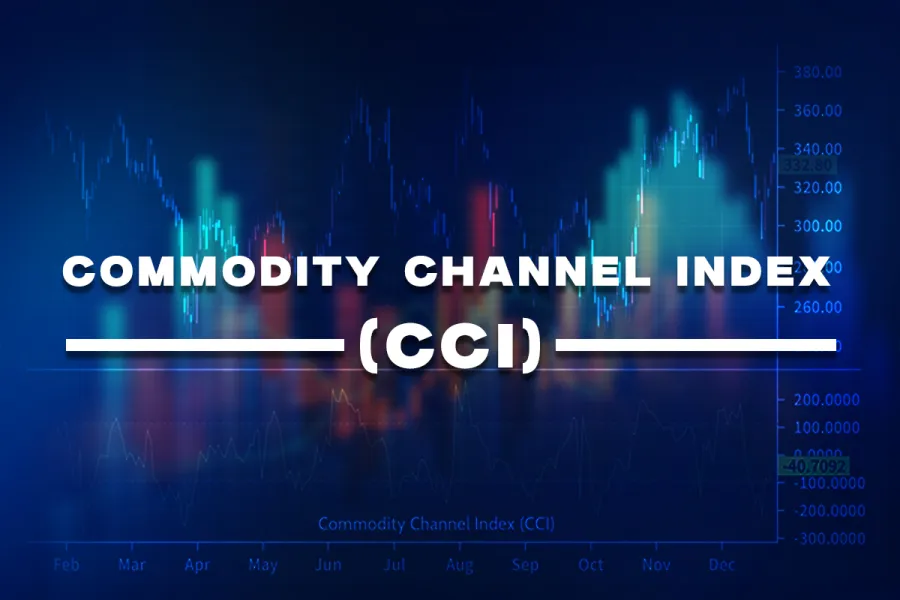Mastering the CCI Indicator: A Complete Guide to the Commodity Channel Index
Have you ever considered using the CCI Indicator but need clarification on what it is all about? Are you interested in getting to know more about it from an experienced professional? First of all, the CCI Indicator stands for the Commodity Channel Index.
This index refers to a special kind of technical oscillator created for determining when is the right time for an investment vehicle to reach a condition of either being overpriced or deflated.
Nonetheless, to fully understand how the CCI indicator works, why traders utilise it often, and its main limitations, shall we take a closer look at it from a professional perspective?
Understanding the Commodity Channel Index
The Commodity Channel Index, simply known as the “CCI Indicator,” refers to a one-of-a-kind momentum oscillator created to identify once an asset might be overbought or oversold.
Typical Price, in this case, is the average of the high, low, and close prices over a certain time. Traders utilising this oscillator can calculate it by adding the high, low, and close prices and dividing by three.
Who is the creator of this indicator?
The creator of this indicator is Donald Lambert. He’s known as one of the best technical analysts who published the indicator in Commodities magazine in 1980. Today, that magazine is known as the “Futures” magazine, now renamed Traders.
His main goal behind this tool is to help traders eager to analyse price trends and determine their direction and strength.
What can traders decide with the CCI Indicator?
With the right analysis of the CCI stock indicator, traders worldwide can decide when is the best time to:
Enter or exit a trade
Holding off on making a particular trade
Adjusting current position.
In short, the CCI indicator was specifically designed to generate trade signals based on its movements and readings.
What is CCI divergence?
The CCI divergence indicator is when there are divergences, meaning the price is going in the opposite direction of that indicator. Weakness in the trend is when the CCI is falling down, while the Price is rising.
What is the Formula of the CCI Indicator?
To calculate the CCI Indicator, here is the following formula to remember:
$$text{CCI} = frac{text{Typical Price} – text{MA}}{0.015 times text{Mean Deviation}}$$
Explanation of the formula:
Here is what you need to know about the formula:
Typical Price refers to the average of the high, low, and close prices over a specified time. Here is the formula:
$$text{Typical Price} = frac{text{High} + text{Low} + text{Close}}{3}$$
MA stands for the moving average of the Typical Price over a certain number of periods. It looks like this:
$$text{MA} = frac{sum_{i=1}^{P} text{Typical Price}}{P}$$
Mean Deviation is responsible for measuring the average Deviation of the Typical Price from the moving average:
$$text{Mean Deviation} = frac{sum_{i=1}^{P} left|text{Typical Price} – text{MA}right|}{P}$$
In this particular formula, PPP represents the number of periods used for calculation.
How to Effectively Calculate the Commodity Channel Index (CCI)?
If you’re still unsure about how to calculate the CCI the best, here are all the essential steps for the indicator:
The first step is to set the period length: Pick the exact number of periods you’re eager to analyse. A common choice represents around 20 periods. Keep in mind that fewer periods could make the CCI more volatile. On the other side, the greater number of periods smooth it out. For this example, we’ll use 20 periods.
After setting the period length, it’s time to track Prices. Another important thing to do after picking the amount of periods is to record the high, low, and close prices for the last 20 periods. Calculate the Typical Price for each period using the following formula:
$$text{Typical Price} = frac{text{High} + text{Low} + text{Close}}{3}$$
Once you’ve done it, calculate the Moving Average (MA): You can find the moving average of the Typical Prices over the 20 periods, and when you do, add up the typical prices and then divide it by 20.
Remember to set the Mean Deviation: For every one of these 20 periods, you need to subtract the MA from the Typical Price, then take the absolute value of each result, and ultimately find the average of these absolute values.
Calculate the Commodity Channel Index like a professional: Once you have completed all the previous steps, it’s time to plug the latest Typical Price, Moving Average, along with the Mean Deviation into the Commodity ChanneI Index formula.
$$text{CCI} = frac{text{Typical Price} – text{MA}}{0.015 times text{Mean Deviation}}$$
The last step is to update regularly: Reviewing this exact calculation is crucial. The main reason is that the new periods end to get the updated CCI value.
Utilising CCI with MT4 and MT5
The Commodity Channel Index, or as numerous traders call it, the “CCI,” is readily available on both MetaTrader 4 (MT4) and MetaTrader 5 (MT5) trading platforms.
Traders can easily add the Commodity Channel Index to their price charts and adjust its settings, such as the period length. They do so to fit their trading strategies.
These trading platforms support automated trading by allowing traders to use Expert Advisors (EAs) to react to CCI signals and automate their trading strategies.
Remember that this integration specifically is the one that assists all the traders to potentially:
Identify entry and exit points
Facilitate informed trading decisions that are based on trend changes and market conditions.
What Does the Commodity Channel Index (CCI) Indicate?
Numerous traders using diverse trading strategies and relying on their technical analysis tools are still trying to figure out how to read CCI indicators best.
One of the main things they need to remember in the first place is in which ways this Commodity Channel Index assists traders:
Identification of new trends
Detecting both overbought or oversold conditions
Spotting trend weaknesses once it diverges from price movements.
Remember, when the CCI indicator goes from negative or near-zero to above 100, it could likely be the start of an uptrend. Traders who are utilising it should then learn to closely observe for a price dip followed by a price and CCI rise as a potential buying signal.
On the other hand, if the CCI falls from positive or near-zero to below -100, it might be a sign of a downtrend. This may mean it’s time to exit long positions or look for shorting opportunities.
In which markets do the CCI indicator work?
Though named for commodities, the Commodity Channel index truly works in all markets. Since it’s not restricted to fixed levels, traders use past data to find common reversal points.
For example, one stock might reverse around +200 and -150, while another might do so around +325 and -350.
When do the divergences happen?
Those who are still unsure when these divergences happen should note that it is when the Price and CCI move in opposite directions. For example, if some prices are going up, but the Commodity Channel index is going downwards, that could signal a weakening trend.
Remember, while divergences aren’t reliable in 100% of cases and may last without reversing, they could be the best possible warning of potential changes, encouraging them to change, stop losses or pause new trades.
Conclusion
As with any technical indicator, the CCI comes with its own set of limitations that every trader should weigh carefully. One key challenge is its subjectivity—overbought and oversold levels are not set in stone and may not reliably predict future price movements, especially in volatile markets. This can result in missed opportunities or premature trades.
Additionally, the CCI can lag behind price action, meaning signals may arrive too late, potentially leading to whipsaws, where the price moves against the anticipated trend. To mitigate these risks, it’s essential to use the CCI and other technical analysis tools for more comprehensive decision-making.
By combining it with other indicators, traders can better confirm signals and strengthen their overall strategy, helping them navigate market complexities more confidently and precisely. Happy trading!
The post CCI Indicator – Learn About The Commodity Channel Index appeared first on FinanceBrokerage.


































